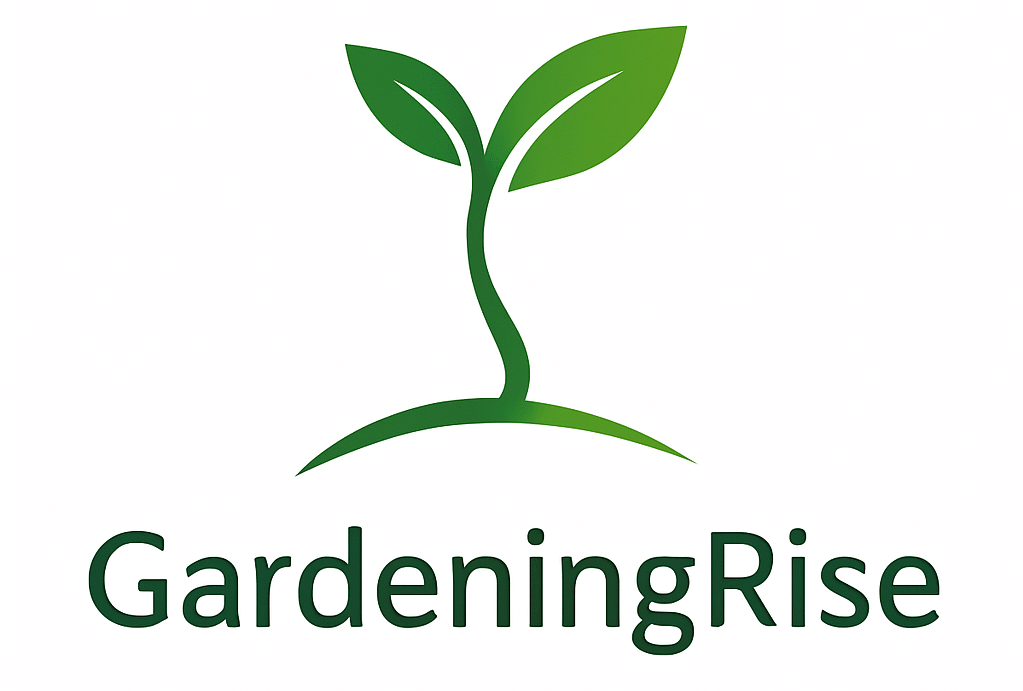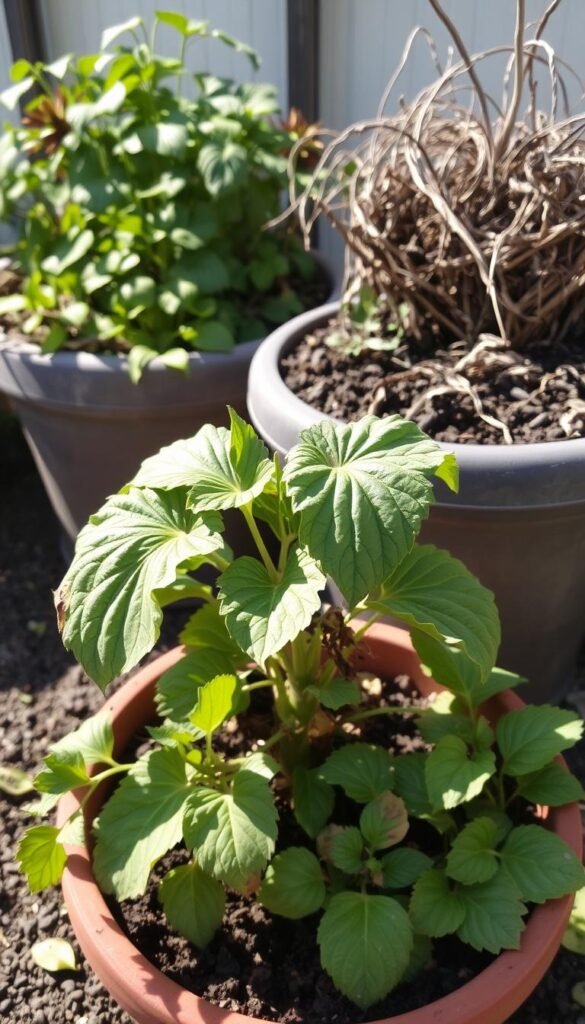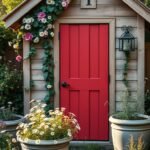Growing plants in pots or planters brings life to patios, balconies, and windowsills. But even small errors can leave your greenery struggling. Whether you’re new to this style of growing or refining your skills, understanding key pitfalls ensures your efforts bloom successfully.
One major misstep? Choosing containers without drainage holes. Roots drown in soggy soil, leading to rot. Experts at Proven Winners emphasize that pots lacking escape routes for excess water create a toxic environment. Always opt for planters with holes—or drill your own.
Size matters too. Cramped roots compete for space and nutrients, while oversized pots trap moisture. Match your container to your plant’s growth habits. Herbs thrive in compact homes, but tomatoes need room to stretch.
Don’t skimp on soil quality. Regular garden dirt compacts easily, suffocating delicate roots. Blends designed for pots provide better airflow and drainage. Pair this with mindful watering—check the top inch of soil before reaching for the hose.
Key Takeaways
- Drainage holes prevent root rot by letting excess water escape
- Container size directly impacts root health and moisture levels
- Specialized potting mixes outperform regular garden soil
- Water plants only when the topsoil feels dry to the touch
- Research light and space needs before pairing plants
Understanding the Basics of Container Gardening
Transforming small areas into lush green spaces becomes simple with container gardening. This method lets you grow herbs, flowers, and even tomatoes without needing a traditional garden bed. Perfect for urban dwellers or anyone with limited yard space, it puts fresh produce and vibrant blooms within arm’s reach.

Why Pots Beat Plots
Flexible placement tops the list of advantages. Move planters to chase sunlight or shield delicate greens from harsh weather. You control soil quality and moisture levels precisely, giving roots exactly what they need. This approach also reduces weed competition and soil-borne diseases.
| Feature | Container Gardening | Traditional Gardening |
|---|---|---|
| Space Needed | Windowsill to patio | Large yard required |
| Mobility | Rearrange anytime | Fixed location |
| Pest Control | Easier to manage | More vulnerable |
Gear Up for Success
Start with these essentials:
- Containers: 12″+ depth for vegetables like eggplants
- Potting mix: Look for perlite or vermiculite labels
- Hand trowel: For precise planting
- Watering can: Narrow spout prevents overwatering
Garden centers often stock self-watering planters—ideal for busy schedules. Pair these tools with sun-loving plants like basil or petunias, and watch your mini garden thrive.
Common Mistakes in Container Gardening (And How to Avoid Them)
Nurturing potted greens requires more than just a green thumb. Many enthusiastic growers accidentally create hostile environments through simple oversights. Let’s explore frequent missteps and actionable solutions.

Size Matters More Than You Think
Oversized pots drown roots in soggy soil, while cramped containers starve them. Herbs like basil need 6-8″ depth, but tomatoes demand 18″+. Pro tip: Match pot dimensions to your plant’s mature size.
| Container Size | Good For | Problem If Wrong |
|---|---|---|
| Small (6″) | Succulents, herbs | Stunted growth |
| Medium (12″) | Peppers, flowers | Frequent watering |
| Large (18″+ | Tomatoes, shrubs | Root rot risk |
Soil Secrets for Thriving Plants
Garden soil compacts like concrete in pots. A rosemary plant died within weeks when I used backyard dirt. “Potting mixes with perlite give roots breathing room,” advises horticulturist Melinda Myers.
Beginners often forget companion planting rules. Mint overpowers neighboring parsley in shared planters. Try these pairings instead:
- Tomatoes + basil (natural pest control)
- Marigolds + veggies (nematode protection)
- Lettuce + chives (space efficiency)
Check soil moisture with your finger—water only when dry 1″ down. Glazed ceramic pots retain moisture better than terracotta for thirsty plants like hydrangeas.
Watering and Drainage Pitfalls
Your potted plants might be sending SOS signals through their leaves. Getting the water-to-air ratio right makes the difference between thriving greens and botanical casualties. Let’s decode what your container garden truly needs.

Overwatering vs Underwatering
Yellow leaves? Soggy soil? You’re likely drowning your plants. Overwatering suffocates roots and invites rot. On the flip side, crispy edges signal dehydration stress. “Plants whisper their needs—learn to listen,” suggests urban gardener Laura LeBoutillier.
Try these simple checks:
- Finger test: Push into soil up to your second knuckle
- Moisture meter: Shows exact hydration levels
- Pot weight: Light containers need water; heavy ones don’t
Self-watering planters like EarthBox automate hydration for busy growers. They release moisture gradually, preventing both swampy and parched conditions.
Ensuring Proper Drainage
Drainage holes are non-negotiable. No escape route for water? Roots sit in a toxic bath. If your favorite pot lacks holes:
- Layer pebbles at the bottom (1-2 inches)
- Use a drill to create openings
- Place nursery pots inside decorative containers
Garden expert Kevin Espiritu recommends terra-cotta pots for moisture-sensitive plants: “They ‘breathe’ better than plastic, reducing overwatering risks.” Pair proper drainage with morning watering routines to let excess moisture evaporate daily.
Choosing the Right Soil and Fertilizer
The secret to vibrant container plants starts below the surface. Your potting mix acts like a five-star restaurant for roots—serving up nutrients, oxygen, and hydration on demand. Let’s dig into creating the perfect underground environment.

Building Better Dirt
Garden soil becomes concrete in pots. EarthBox solves this with custom organic blends containing coconut coir and perlite. These ingredients keep roots breathing while holding moisture. Look for mixes labeled “container-ready”—they often include:
- Peat moss for water retention
- Perlite for air pockets
- Compost for slow-release nutrients
Feeding Your Green Guests
Plants in containers eat through nutrients fast. Vegetables like tomatoes need weekly meals, while herbs prefer light snacks. Balanced fertilizers (10-10-10) work for most greens, but flowering plants crave extra phosphorus.
| Plant Type | Fertilizer Type | Frequency |
|---|---|---|
| Vegetables | 5-5-5 granular | Every 2 weeks |
| Herbs | Liquid seaweed | Monthly |
| Flowers | 15-30-15 bloom booster | Every 10 days |
Master gardener Joe Lamp’l advises: “Refresh potting soil annually—it loses structure like yesterday’s coffee grounds.” Pair this reset with organic worm castings to kickstart microbial life. Your plants will toast your efforts with lush growth!
Planting and Placement Strategies
Where you position your planters shapes both their health and your garden’s charm. Smart arrangements turn random pots into living art while meeting each plant’s needs. Let’s explore how to marry function and style.

Light and Sunlight Considerations
Sunlight acts like a personal trainer for plants—too little and they weaken, too much and they burn. Succulents thrive with 6+ hours of direct light, while ferns wilt in anything beyond dappled shade. Rotate pots weekly so all sides get equal exposure.
Group greens by their light needs. Try these combos:
- Full sun squad: Rosemary, lavender, and geraniums
- Shade lovers: Hostas, begonias, and coleus
- Flexible friends: Petunias and herbs like mint
Seasonal shifts matter. Move citrus trees to south-facing spots in winter. Use wheeled plant stands for heavy containers. Urban gardener Carmen DeVito advises: “Track sunlight patterns monthly—buildings and trees cast changing shadows.”
Mix tall planters with trailing vines for depth. Pair sleek ceramic pots with rustic wood boxes. Always match drainage holes to your soil mix—cacti need gritty blends in porous terracotta, while moisture-loving ferns prefer plastic pots with water-retentive soil.
Check your USDA zone before choosing plants. Tropical hibiscus dazzles in Miami but struggles in Denver. Local nurseries stock varieties proven for your area—ask for their hardiest container plants.
Conclusion
Your container garden thrives when you blend smart choices with attentive care. Selecting pots with proper drainage and matching their size to your plants’ needs prevents soggy soil and root rot. Remember: herbs like basil flourish in snug homes, while tomatoes demand room to grow.
Quality soil mixes and balanced fertilizer keep plants nourished without overwhelming them. Check moisture levels before watering—your finger makes the best tool. Pair these habits with sunlight monitoring to create ideal growing conditions.
Don’t sacrifice style for function. Glazed ceramic pots add flair while protecting thirsty container plants, and grouping greens by light needs creates visual harmony. Every mistake teaches valuable lessons—whether it’s overcrowding herbs or skipping drainage layers.
Now’s the time to put these tips into action. Share your blooming successes or clever fixes with fellow gardeners. What creative solutions have transformed your patio paradise?






